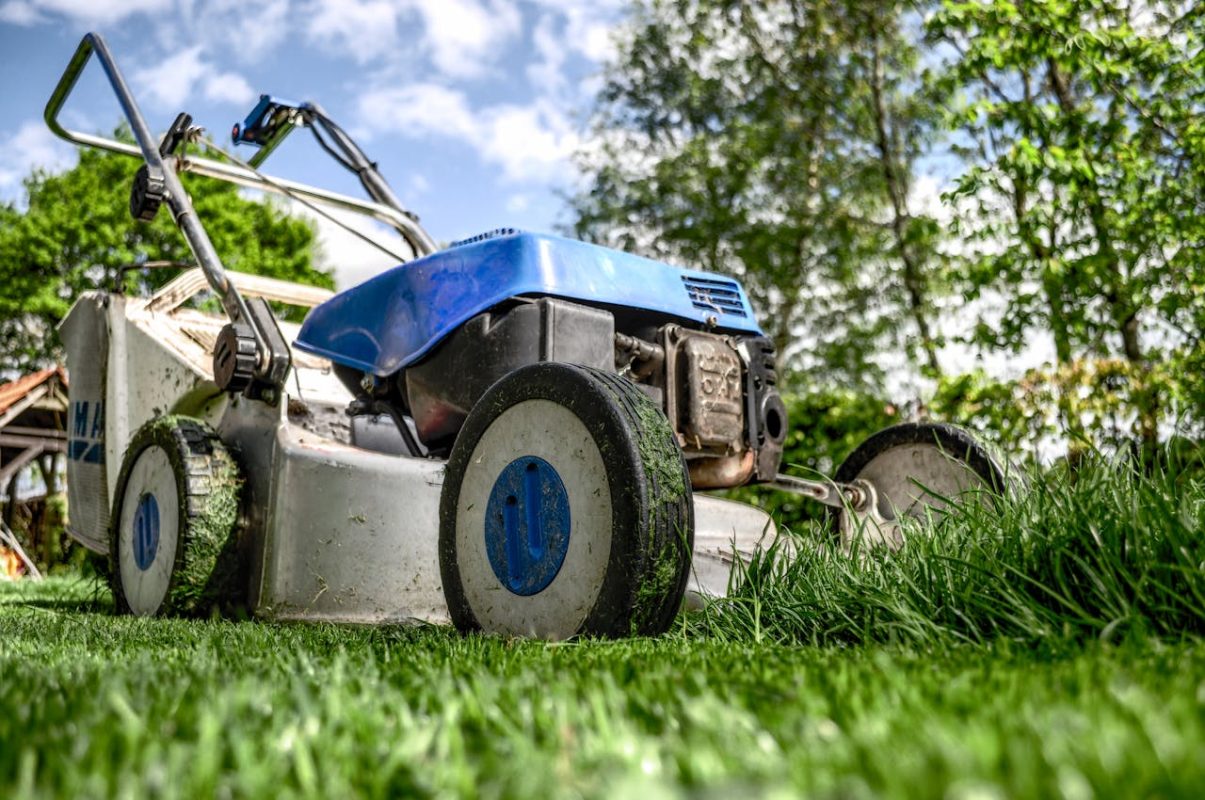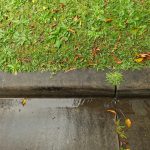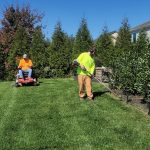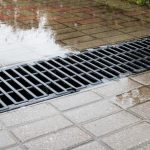
Maintaining a lush and healthy lawn is a common goal for many homeowners and businesses in Elgin, Illinois. However, achieving this goal can sometimes feel like an uphill battle thanks to a range of pesky lawn problems. These issues can stem from poor soil conditions, pest invasions, inadequate watering, or even lawn diseases. Each of these problems can transform your dream of a beautiful green space into a frustrating headache. Whether it’s brown patches suddenly appearing or odd, wilted areas that just don’t sprout as they should, these troubles are more common than you might think.
It’s not just about aesthetics; having a well-maintained lawn can increase property value and provide a relaxing outdoor space for families and employees alike. Addressing the underlying issues will not only lead to a vibrant, eye-catching lawn but also save you time and money on more drastic renovations later. Let’s delve into some common lawn problems found in Elgin and explore simple ways to identify and fix them effectively.
Identifying Common Lawn Issues
When it comes to taking care of your lawn, knowing what’s wrong is half the battle. Here are some typical problems you might encounter:
– Signs of Poor Soil Quality: Yellowing grass or sparse growth could mean your soil lacks nutrients. Healthy lawns need a good mix of clay, sand, and silt, often referred to as loam. Heavy clay can lead to waterlogging—evident when water just sits there after a rainstorm—while sandy soils might lead to wilting after just a day of sun because the water drains too quickly.
– Recognizing Lawn Diseases: Fungi are a major culprit when it comes to lawn diseases. You’ll spot this when you see rings or patterns of dead patches. A common one is brown patch disease, which thrives in warm, humid conditions. If your lawn looks like it’s got large, irregular dead zones, it might need a closer look.
– Indicators of Pest Infestations: Pests like grubs and chinch bugs can wreak havoc on your lawn. You might notice spots where the grass can be easily pulled up, as grubs tend to feed on grass roots. Scout your yard for birds feeding on your lawn—this is a sign they’re enjoying a grub meal.
– Symptoms of Watering Problems: Overwatering leads to mushy lawns, while underwatering results in dry, brittle patches. If you walk across your lawn and see footprints lingering for longer than normal, it’s a sign it’s either too wet or too dry.
Understanding these signs is the first step in rejuvenating your lawn. Pay attention to any sudden changes and keep an eye out for these indicators during your routine lawn care. With this knowledge, you’re better equipped to take the next steps in addressing these issues.
Solutions for Poor Soil Quality
One of the first steps to reviving your lawn is addressing soil quality. If the grass isn’t growing as expected, it’s a smart move to test the soil’s pH and nutrient levels. You can get a soil test kit from a garden center or contact a local extension service for a professional analysis. This will show you if your soil is too acidic or alkaline, and what nutrients it might be missing.
Once you have the results, you can start making adjustments. If drainage is an issue, consider the following approaches:
1. Improve Drainage: Create channels or use aeration tools to help excess water escape.
2. Add Organic Matter: Mixing in compost can boost nutrients and improve the soil structure, helping both water retention and drainage.
3. Use The Right Fertilizers: Based on your soil test, choose organic or chemical fertilizers that supply the missing nutrients.
These steps can help your lawn establish strong roots, leading to healthier growth.
Treating Lawn Diseases
Lawn diseases can strike when conditions are just right—warm, damp weather is a common trigger. Knowing what diseases typically affect Elgin is key to taking action. For instance, brown patch disease is recognizable by brown or yellow rings and does best in humid conditions. To combat these diseases, consider these strategies:
– Spot Treatment: Use a fungicide tailored to the specific disease affecting your lawn.
– Cultural Practices: Water early in the morning so grass has time to dry out before evening. Overwatered lawns are more susceptible to disease.
– Preventative Measures: Keep an eye on susceptible areas and apply preventative fungicides during prime growing seasons.
Utilizing these methods can help your lawn recover from disease and prevent future outbreaks.
Managing Pest Infestations
Pesky pests like grubs and chinch bugs can cause significant damage to your lawn if left unchecked. Here’s how you can manage them effectively:
– Regular Monitoring: Check parts of your lawn that appear weak or lifeless for grub infestation or chinch bug activity. These can often be found at the soil line or under the grass.
– Safe Pest Control Methods: When you confirm pests, apply treatments like nematodes or other environmentally friendly solutions that target only the pests, not your grass or useful insects.
– Prevention Tips: Encourage birds, which are natural predators, by placing bird feeders around your property.
Taking a proactive approach can save your lawn and keep it thriving through the season.
Correcting Watering Issues
Watering might seem straightforward, but getting it right makes a big difference. Proper watering techniques keep your lawn healthy and resist problems. A few tips include:
– Water at Early Hours: Watering in the early morning helps to reduce evaporation. It also allows grass to dry out by the evening, reducing the risk of diseases.
– Install Irrigation Systems: Consider drip irrigation or pop-up sprinklers for consistent and efficient watering.
– Fix Sprinkler Problems: Regularly check your sprinklers to ensure they cover the entire lawn without oversaturating some areas.
These simple adjustments can provide your lawn with the right amount of hydration and nutrients for its unique needs.
As you work through these common lawn issues, remember that consistency and attentiveness pay off. Each element, from soil quality to disease management, plays a part in creating a lush, healthy lawn. By focusing on problem areas and employing practical solutions, your lawn will flourish, adding beauty and functionality to your property.
If you’re ready to tackle lawn care in Elgin and transform your outdoor area into a vibrant and healthy space, consider getting professional help. Bright Green Landscapes can provide the expertise and services required to effectively address lawn issues. For more details on our landscaping maintenance packages, visit lawn care in Elgin.







